The apartment market in the two largest cities in Vietnam, Hanoi and Ho Chi Minh City, is clearly differentiated, creating contrasting colors. Although both are facing a shortage of supply, the price and transaction trends in these two markets are completely different.
Hanoi heats up, Ho Chi Minh City gloomy
According to Savills Vietnam's Q3/2024 report, the supply of new apartments in Hanoi reached 5,265 units, up 95% compared to the previous quarter and 178% compared to the same period last year. Projects such as Lumi Hanoi and QMS Top Tower accounted for 66% of the new apartment supply, the rest came from the next phases of 4 other projects.
In particular, the West of Hanoi continues to lead in supply with 92% of Class B apartments. Savills Vietnam forecasts that this area will provide an additional 21,000 apartments from 28 projects, accounting for 17% of total future supply.
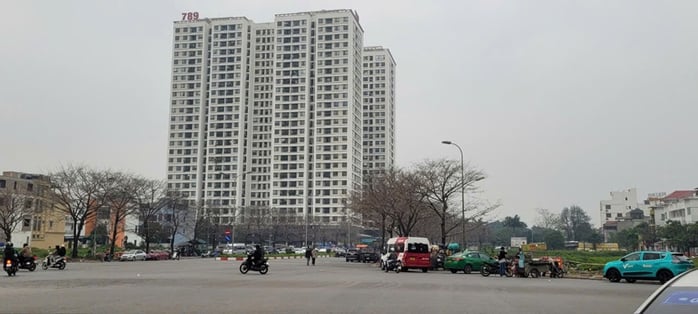
Old and new apartments in Hanoi have both increased in price rapidly in recent times. Photo: THUY LINH
In addition, the absorption rate in the Hanoi market remained high with 6,840 apartments sold, up 35% quarter-on-quarter and 226% year-on-year. Class B apartments led the way with an absorption rate of up to 85%, contributing to 98% of the total number of apartments sold. New supply in this segment accounted for 65% of the total number of apartments sold.
Notably, apartments priced above VND4 billion accounted for 70% of the total number of apartments sold, a sharp increase compared to only 2% in 2020, showing a shift to the high-end segment in the Hanoi market. Meanwhile, the segment of apartments priced below VND2 billion almost disappeared from the market, accounting for only 1% of the total supply.
In stark contrast, the apartment market in Ho Chi Minh City is somewhat gloomy. The supply of primary apartments in the third quarter of 2024 decreased by 13% compared to the previous quarter and 36% compared to the same period last year, reaching only 4,871 units. The market is mainly concentrated in the East (Thu Duc City) with 58% market share and the West (District 6, Binh Tan) accounting for 20% market share.
Transaction volume in the quarter also decreased by 16% compared to the previous quarter and decreased by 4% compared to the same period last year, to 1,915 units. Of which, Class B apartments accounted for 66% of the total number of successful transactions, with new supply reaching an absorption rate of 62%, while inventory reached an absorption rate of only 35%.
In addition, primary apartment prices in Ho Chi Minh City decreased by 12% compared to the previous quarter, to about VND68 million/m². The main reason is the decrease in the proportion of class A and B apartments in the primary supply.
Savills Vietnam forecasts that by the end of 2024, Ho Chi Minh City will have about 6,700 new apartments expected to open for sale, with prominent projects such as Vinhomes Grand Park - The Opus One and The Forest Gem. In the long term, from now until 2027, more than 50,000 apartments from 76 projects will be opened for sale, mainly concentrated in Thu Duc City (accounting for 49% of future supply), District 7 (accounting for 12%) and Binh Tan (accounting for 9%).
The reason for this contrast, according to Mr. Troy Griffiths, Deputy General Director of Savills Vietnam, is that inventory in Ho Chi Minh City has decreased and there are not many new projects being opened for sale due to legal problems and delays in planning approval.
Despite the limited supply of primary apartments, Mr. Griffiths expects the situation to improve in the coming quarters as regulations are amended, planning is updated and key infrastructure projects are implemented.
Why?
Many experts say that the difference between the Hanoi and Ho Chi Minh City markets not only comes from supply and demand factors but is also greatly influenced by the legal context, urban development strategy and buyer needs in each locality.
Mr. Tran Minh Tien, Director of OneHousing Center for Market Research and Customer Insight, commented that although Hanoi also faces difficulties in supply like Ho Chi Minh City, buyer sentiment is more positive.
Specifically, in August 2024, Hanoi recorded about 3,100 transfer transactions. Although this number decreased slightly by 3% compared to the previous month, it increased sharply by 25% compared to the period of May and June. Mr. Tien predicted that the number of apartment transfer transactions in Hanoi may decrease slightly or remain unchanged in September and October, before increasing again at the end of the year - the time when real estate transactions are most active in the year.
Mr. Tran Khanh Quang, General Director of Viet An Hoa Real Estate Company, assessed that supply is the most important factor to consider demand and average selling price of the market. In Ho Chi Minh City, the decrease in supply over the past years due to legal problems has caused the number of projects for sale to not keep up with Hanoi. In addition, when supply increases slowly and most of the projects for sale are in the high-end segment, this has pushed up apartment prices in Hanoi.
Ms. Giang Huynh, Director of Research and S22M at Savills Vietnam, emphasized that affordable housing is a potential segment that has yet to be fully met in both Hanoi and Ho Chi Minh City.
Statistics from Savills Vietnam show that from 2019 to 2023, real estate prices in Hanoi increased by an average of 6% per year, while in Ho Chi Minh City they only increased by 3% per year. However, personal income growth in these two cities only reached 4% and 3% per year, respectively, leading to housing prices increasingly beyond people's ability to pay.
According to Ms. Giang Huynh, to solve this situation, there needs to be close coordination between the public and private sectors. In addition, a sustainable real estate market needs to have a diverse segment, especially class B and C products. In both Hanoi and Ho Chi Minh City, the demand for about 50,000 apartments per year - mainly from middle-income people and young households - is still not fully met.
"To reduce land costs, both Ho Chi Minh City and Hanoi are aiming to expand urban areas to neighboring provinces such as Bac Ninh for Hanoi and Binh Duong and Dong Nai for Ho Chi Minh City. Strong investment in transport infrastructure and satellite urban development will be the driving force to boost the real estate market in these areas," the expert expects.
Mr. Le Hoang Chau, Chairman of the Ho Chi Minh City Real Estate Association, said that to solve the problem of apartment supply, indirectly reducing housing prices, the key issue is still to remove legal obstacles for projects.
At the same time, creating conditions for investors to develop social housing and low-cost commercial housing will help reduce apartment prices, creating opportunities for low-income people to access housing with their income. In addition, credit policies related to project development for investors are also given more attention and support by the State Bank.
Will increase
Dr. Ho Quoc Tuan, senior lecturer at Bristol University (UK), said that house prices increasing faster than income is a big challenge for Vietnam's housing policy. If house prices continue to increase rapidly, people will find it difficult to buy houses, leading to the risk of reduced demand. However, if house prices decrease sharply, it can also be a warning signal for market stability.
Dr. Ho Quoc Tuan noted that over the past several years, the supply of affordable apartments has decreased due to strict regulations on land use, making urban housing construction more difficult. He predicted that housing prices will continue to increase due to demographic factors, with immigration increasing at a rate of 4% per year.
Source: https://nld.com.vn/ly-giai-gia-can-ho-o-ha-noi-va-tp-hcm-196241007210958175.htm










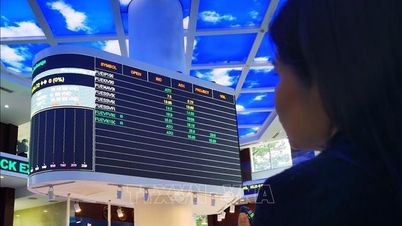





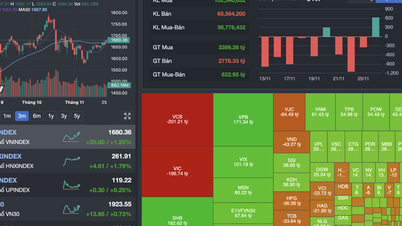















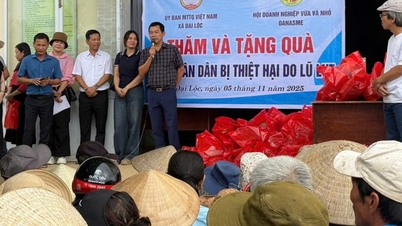



















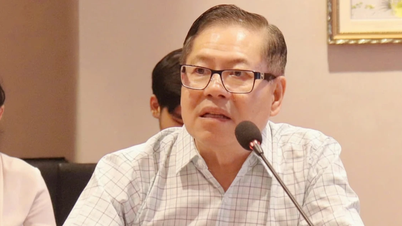

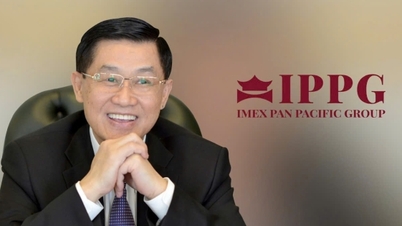


















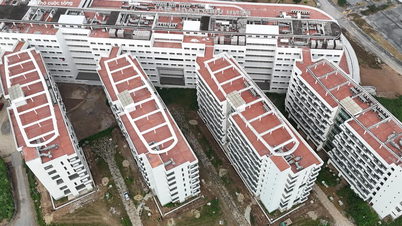


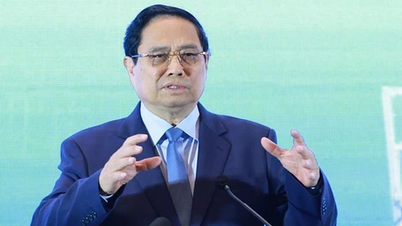

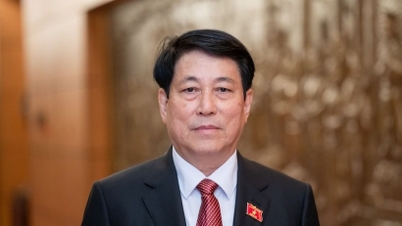


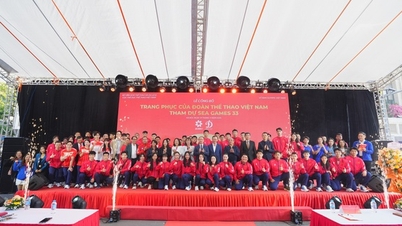





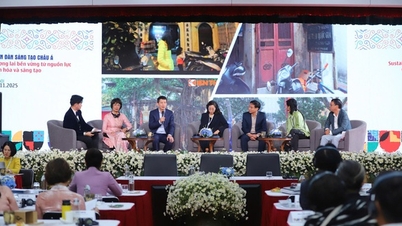


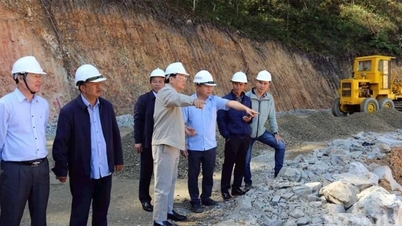





















Comment (0)